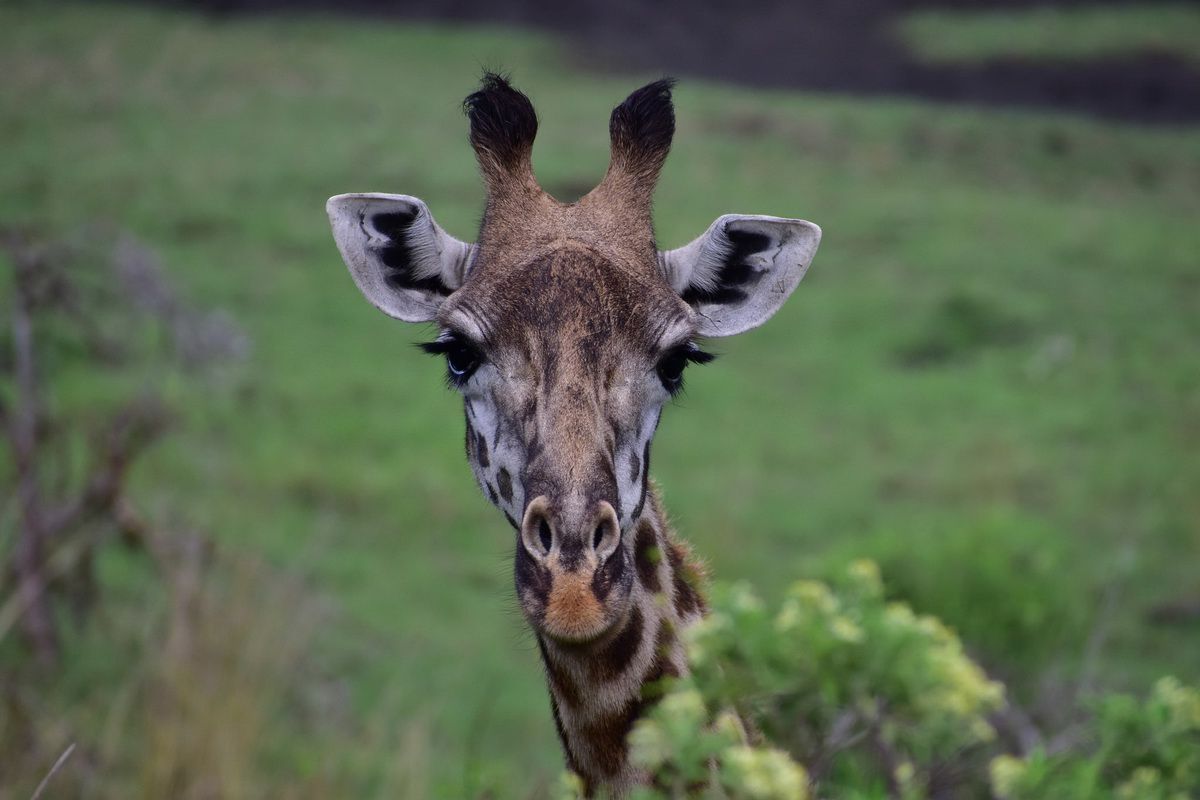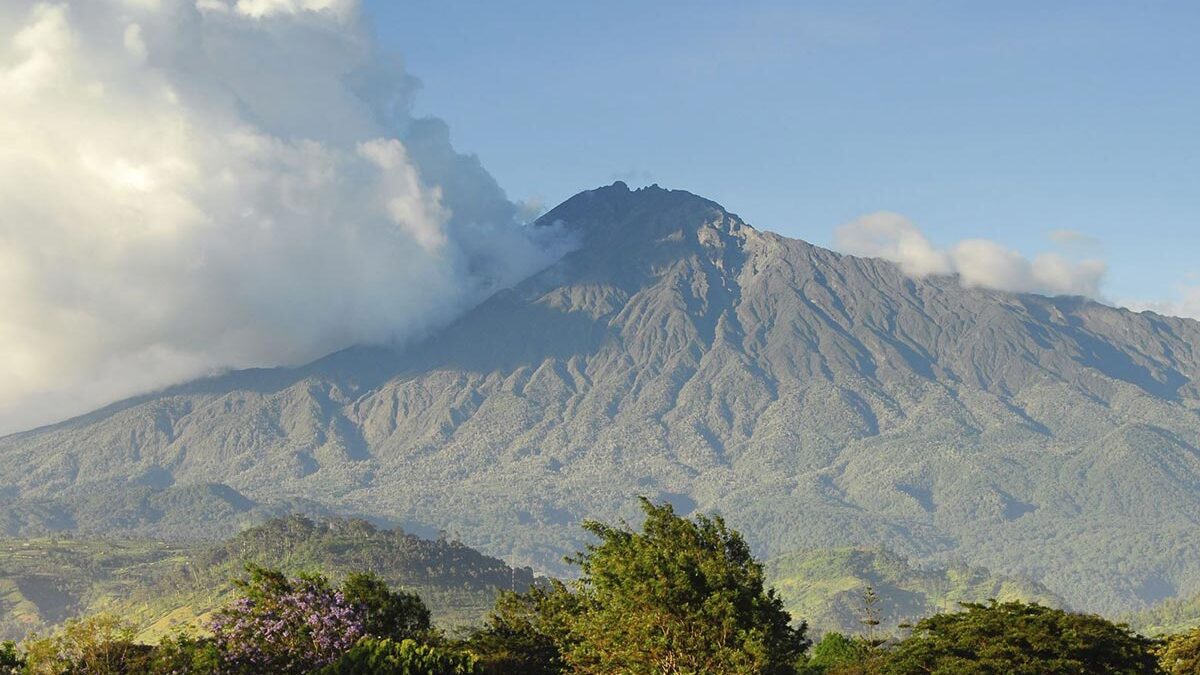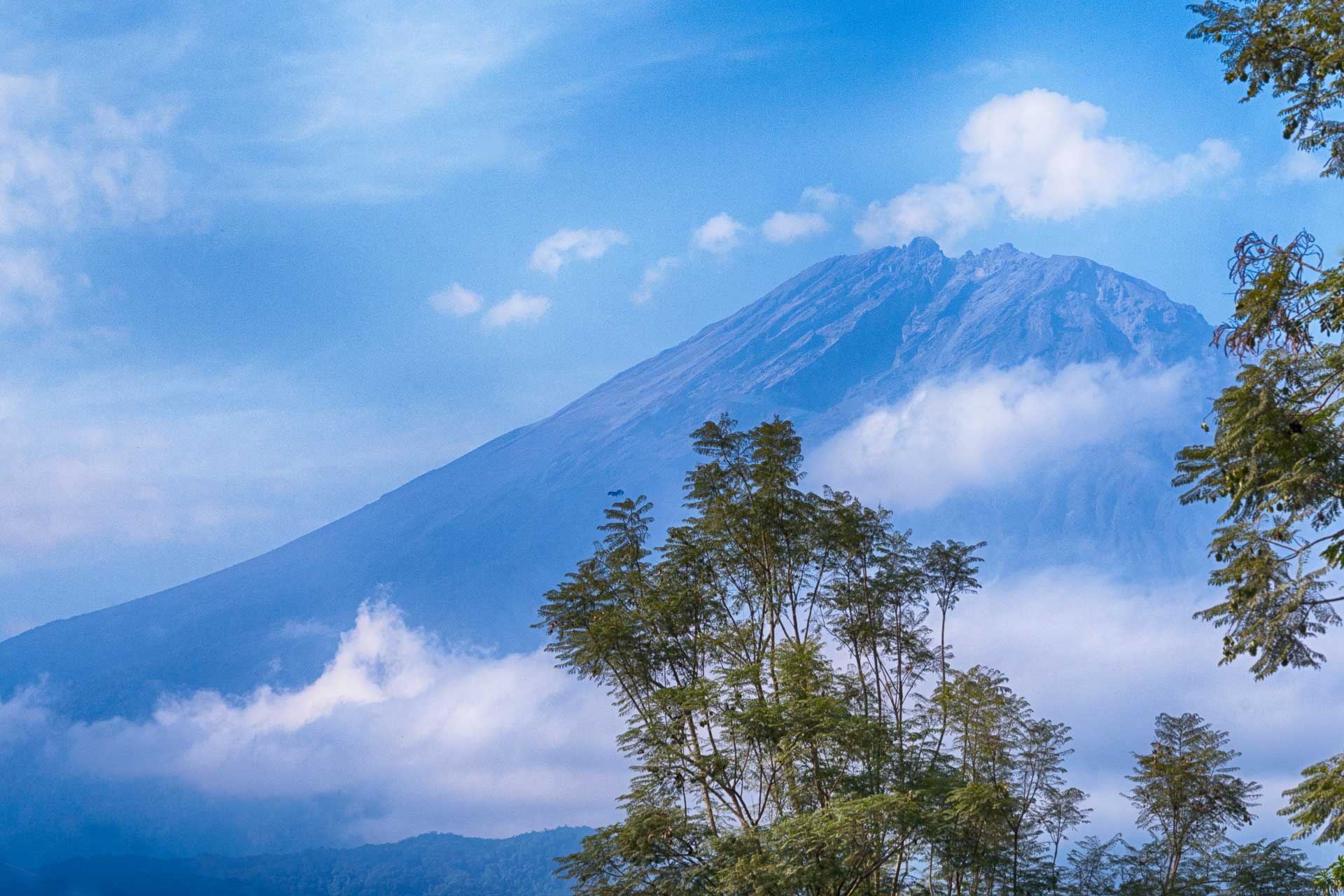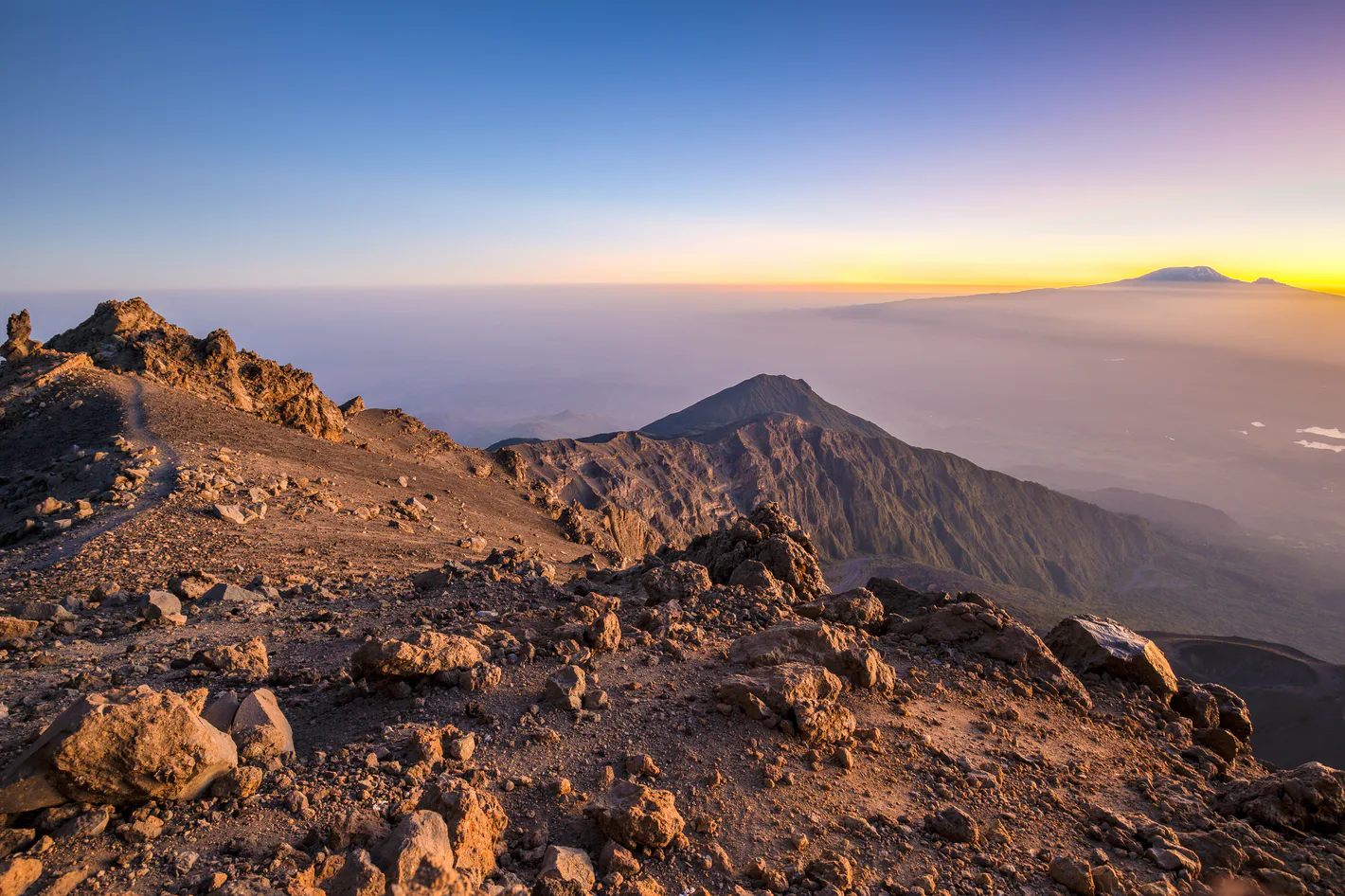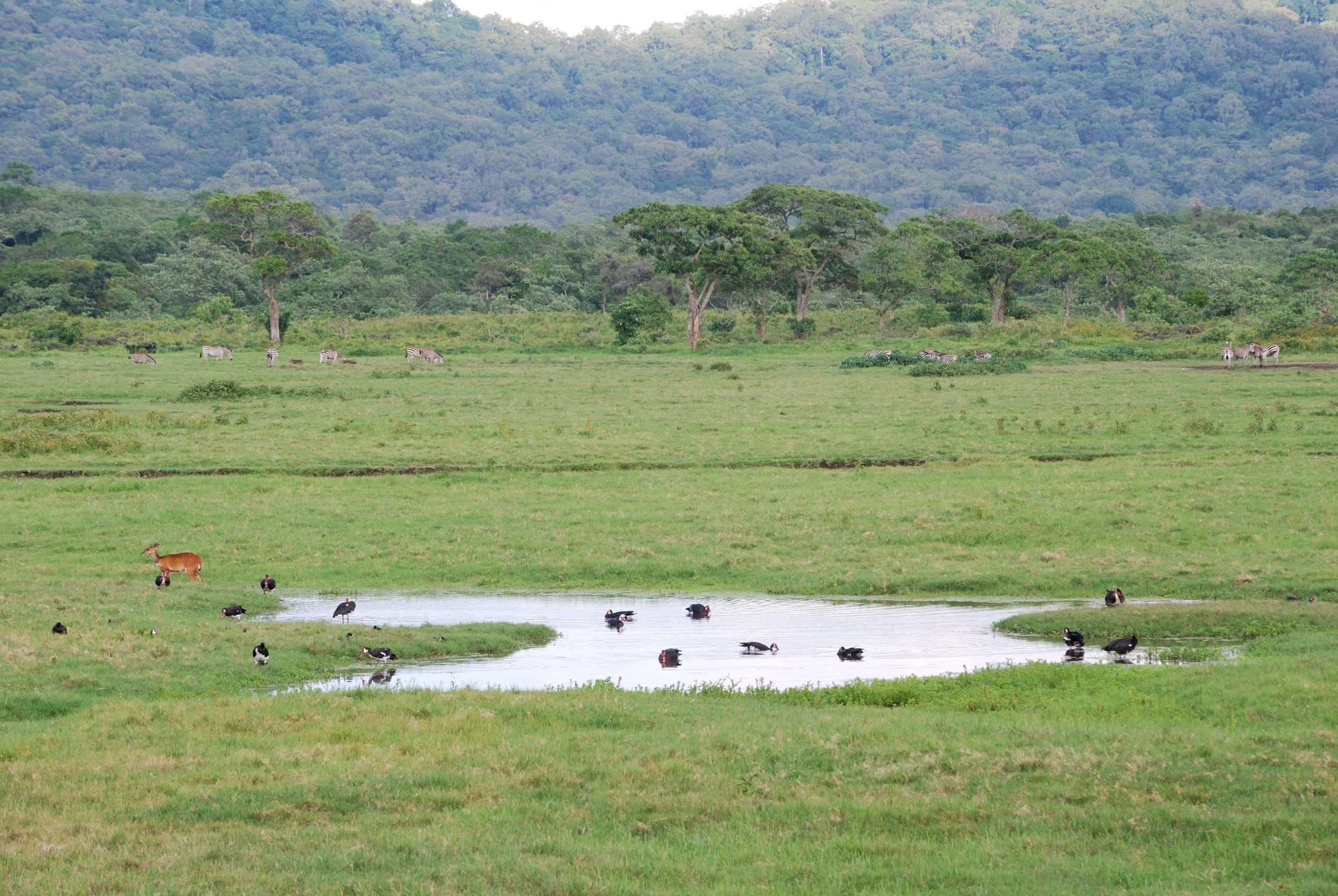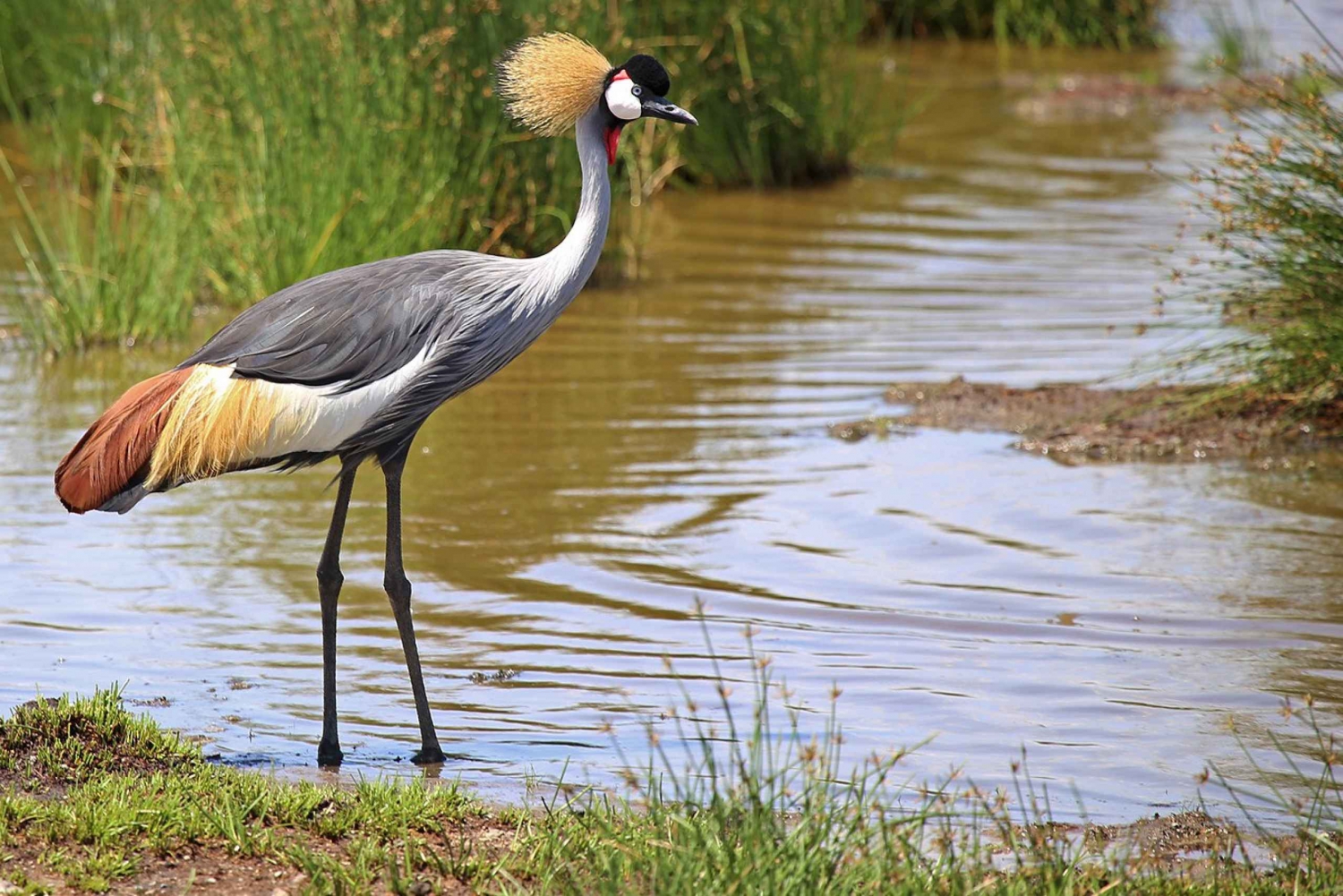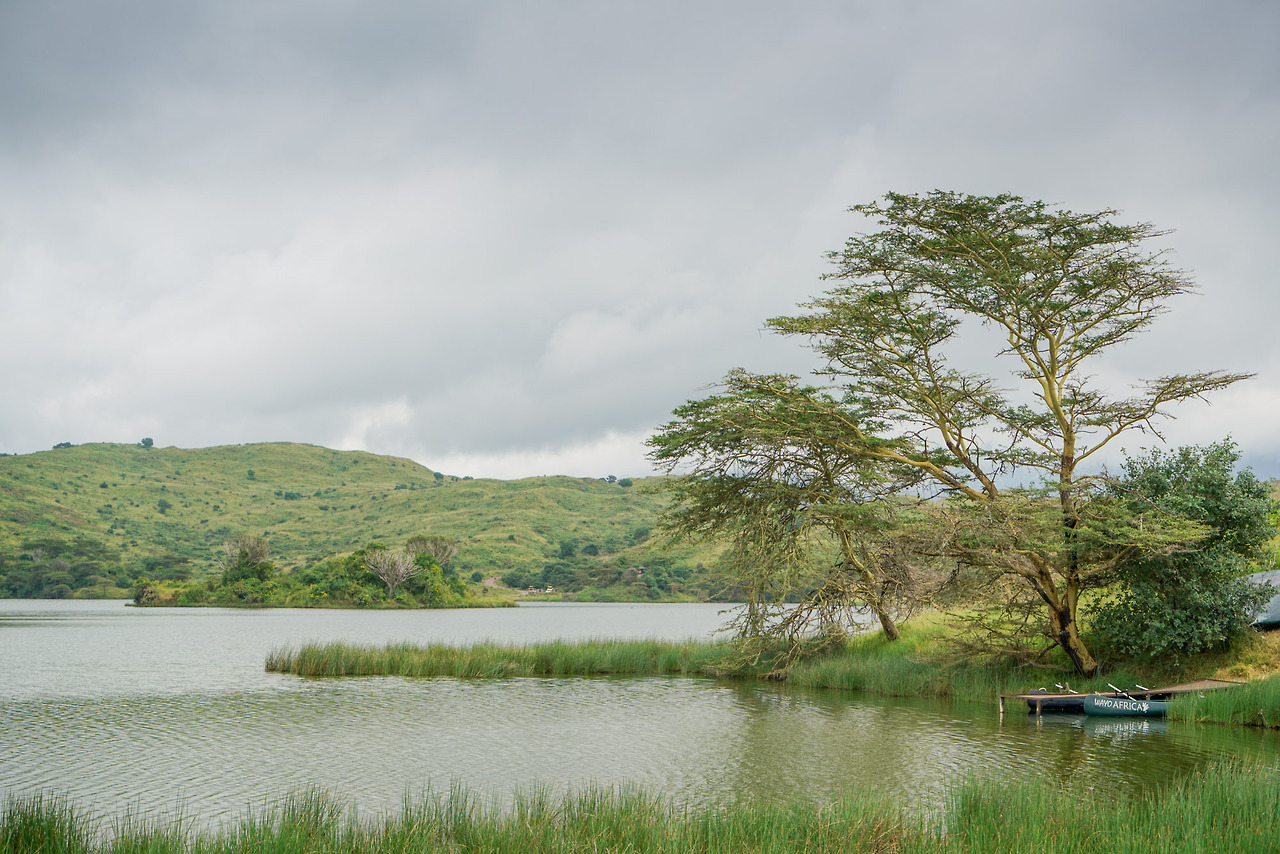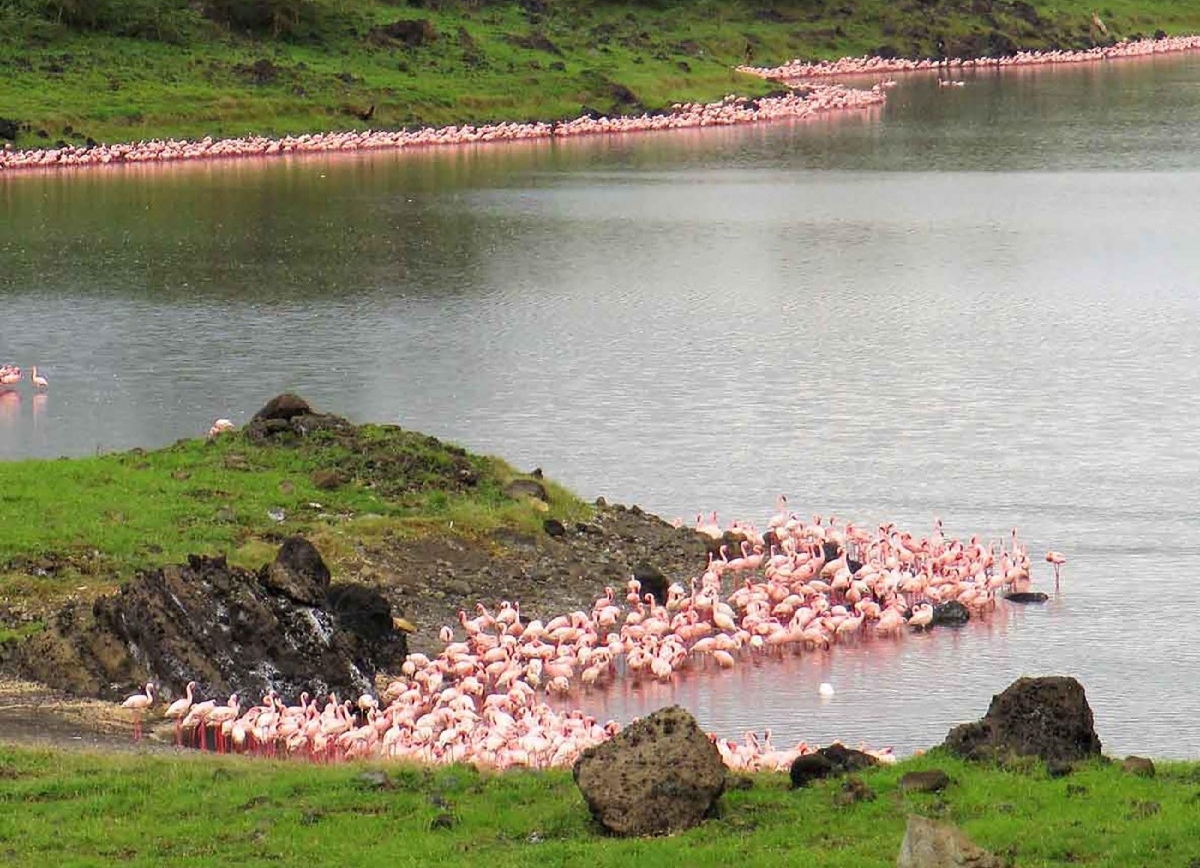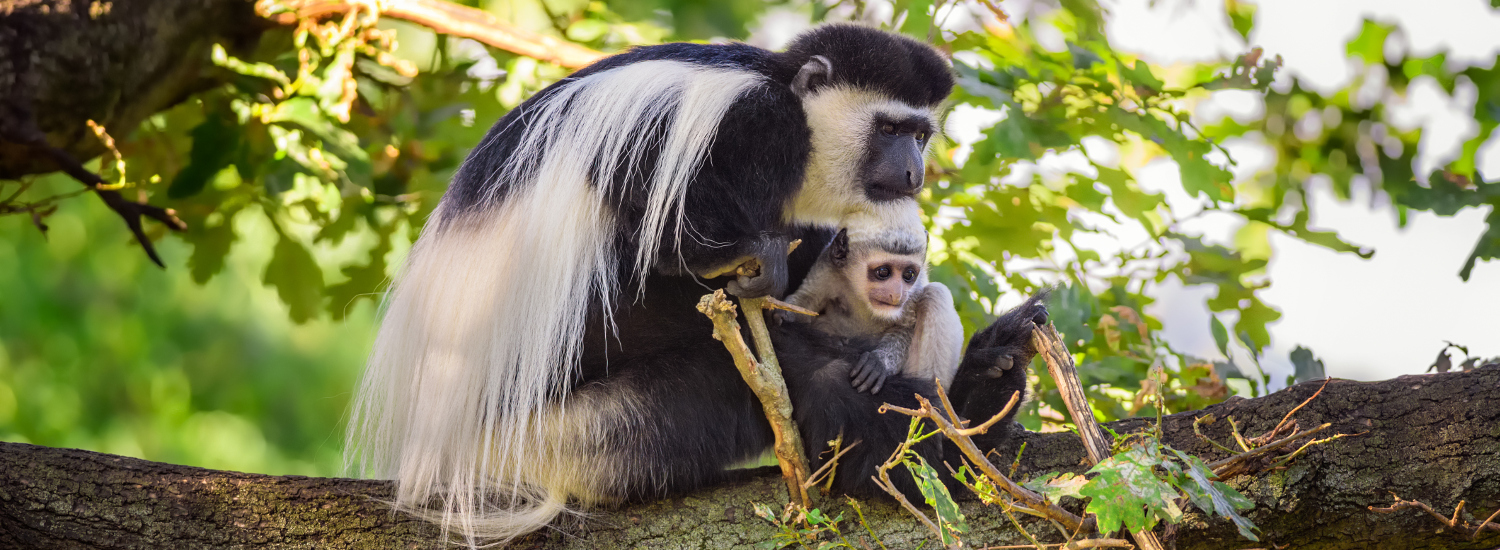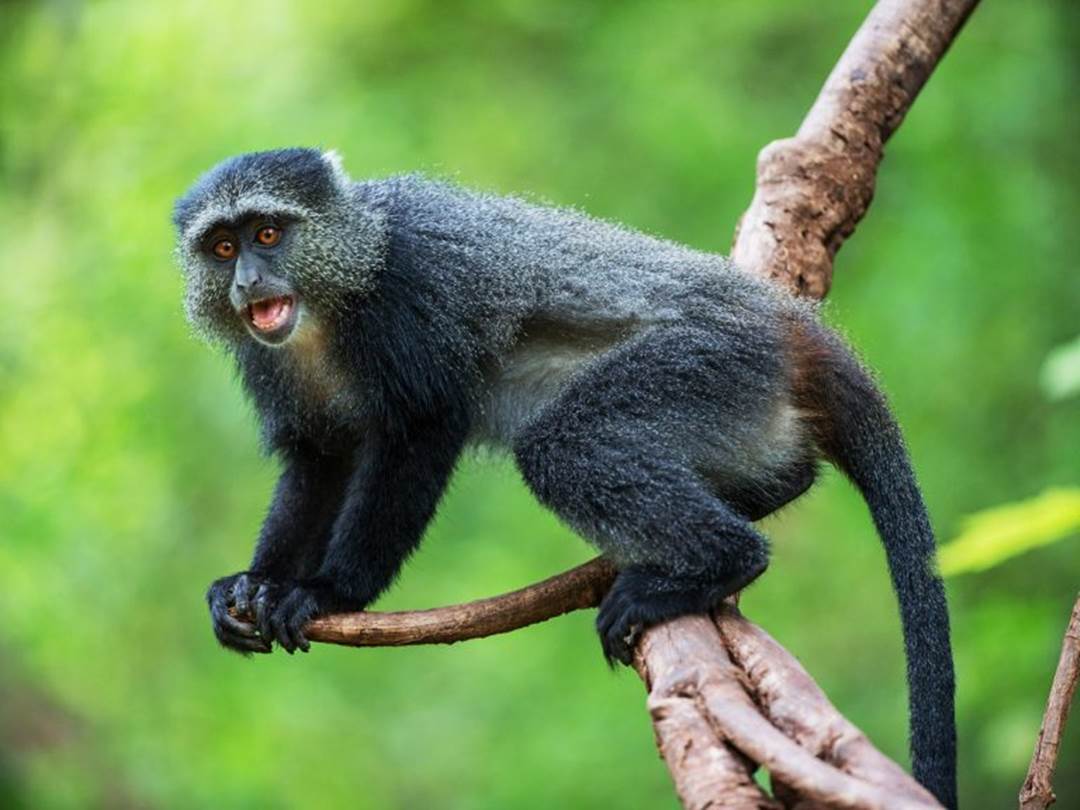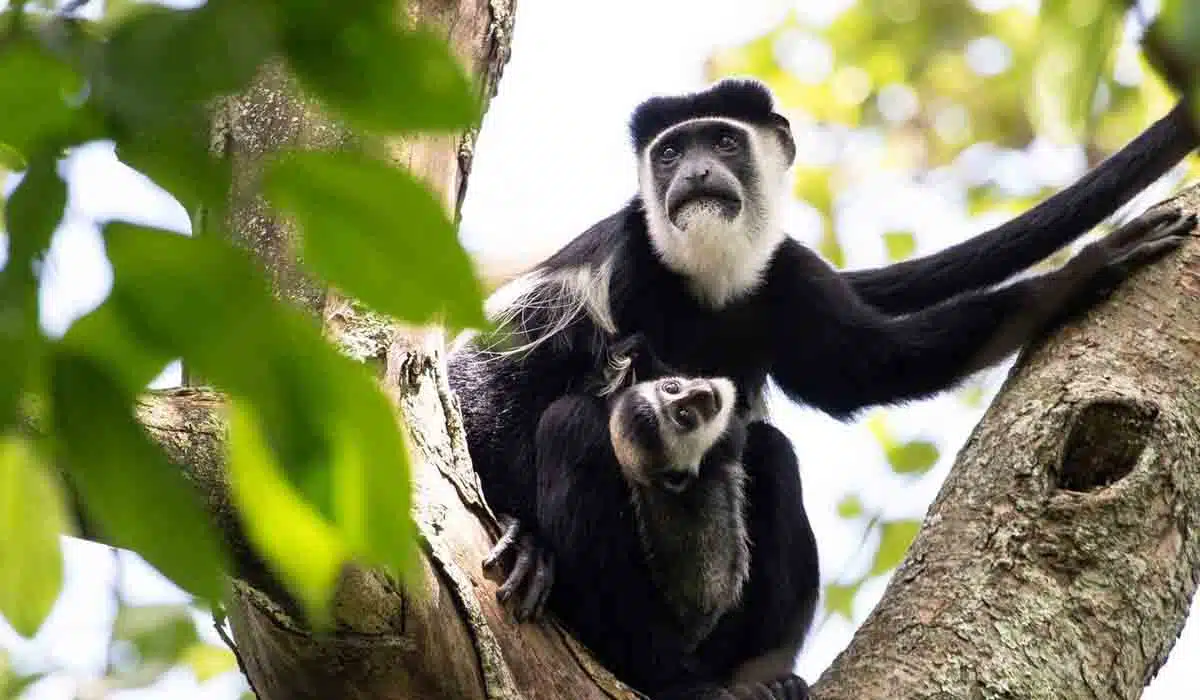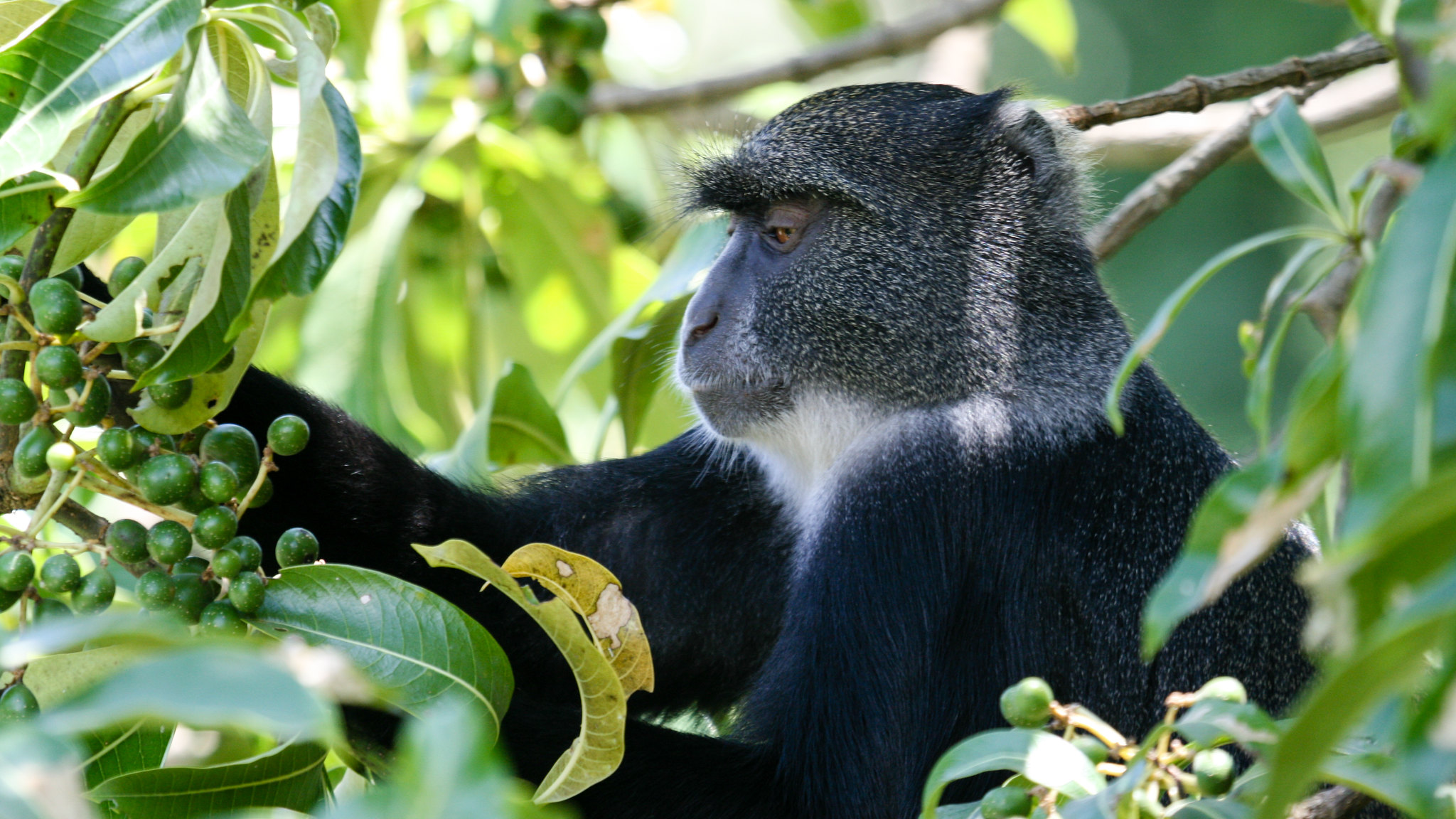Arusha National Park
Arusha national park

Arusha National Park is a hidden gem located in northern Tanzania, just a short drive from the city of Arusha. Known for its diverse landscapes and rich biodiversity, the park is a perfect destination for those looking to experience the varied natural beauty of Tanzania in a compact area. Unlike many other Tanzanian parks, Arusha National Park offers a range of activities and environments, from lush forests to open grasslands, making it a unique destination for wildlife enthusiasts and outdoor adventurers.
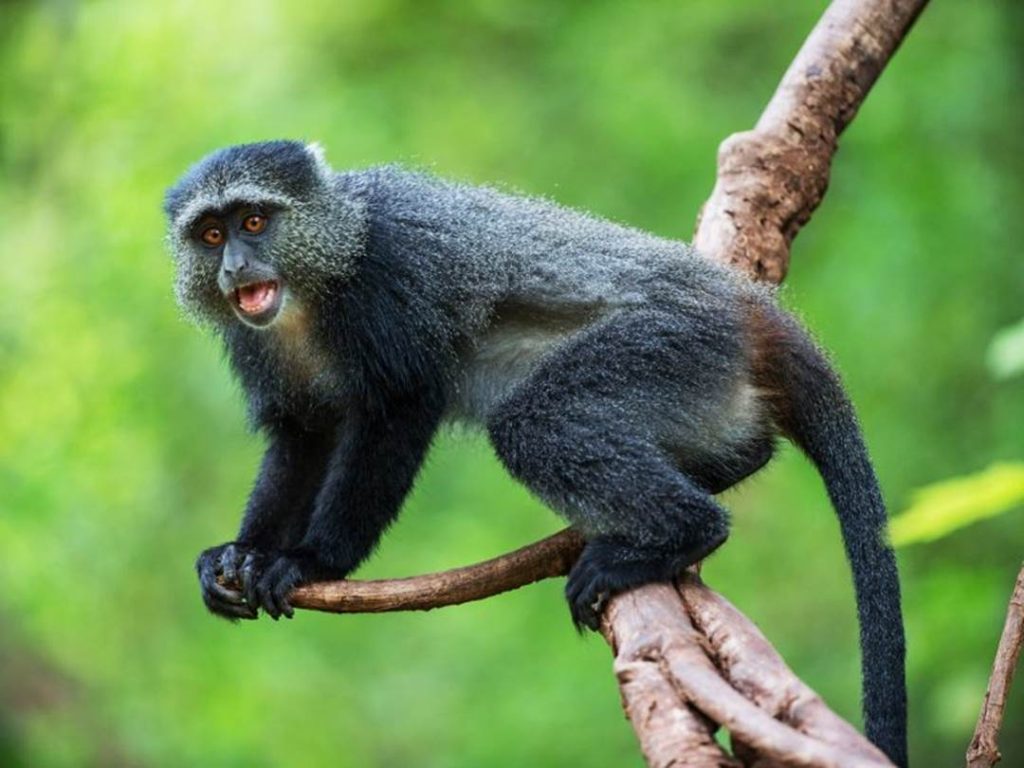
Overview of Arusha National Park:

Arusha National Park offers a rich and varied natural experience, combining the dramatic scenery of Mount Meru with the lush forests, expansive grasslands, and scenic lakes. Its diverse habitats support a wide range of wildlife, making it an excellent destination for both wildlife enthusiasts and outdoor adventurers. Whether you are exploring the crater floor, hiking the slopes of Mount Meru, or birdwatching around the Momella Lakes, Arusha National Park provides a unique and memorable experience in Tanzania’s Northern Circuit.
Mount Meru:
- Characteristics: Dominating the park’s skyline, Mount Meru is an active stratovolcano and the second-highest peak in Tanzania, standing at 4,566 meters (14,980 feet). The mountain’s snow-capped summit is a dramatic backdrop to the park’s diverse landscapes.
- Ecology: The lower slopes are covered in lush forest, while higher elevations feature alpine vegetation and rocky terrain. The mountain is a crucial water source for the region and supports a variety of flora and fauna.
Ngurdoto Crater:
- Characteristics: This volcanic caldera, also known as the Ngurdoto Crater, is a large, verdant depression surrounded by steep walls. It is often referred to as the “Little Serengeti” due to its similarity to the Serengeti’s grasslands.
- Ecology: The crater floor is covered with lush vegetation, including grasslands and patches of forest, providing habitat for a range of wildlife.
Momella Lakes:
- Characteristics: The Momella Lakes are a series of shallow, alkaline lakes located in the park’s eastern section. These lakes are renowned for their diverse birdlife and provide excellent birdwatching opportunities.
- Ecology: The lakes attract a variety of bird species, including flamingos, pelicans, and storks, which feed on the algae and aquatic life found in the lakes.
Forests and Savannah:
- Types: The park’s lower regions are covered in montane forest and lush rainforest, while the lower elevations feature open savannah and grassland areas.
- Biodiversity: This diverse range of habitats supports a wide variety of animal species and provides unique opportunities for wildlife observation.
Facts about Arusha National Park
- Established: 1960
- Size: Approximately 137 square kilometers (53 square miles)
- Location: Northern Tanzania, near the city of Arusha
- Elevation: Ranges from 1,500 meters (4,921 feet) to 4,566 meters (14,980 feet) at Mount Meru
- Climate: Tropical climate with a rainy season from March to May and a dry season from June to October
- Major Features: Mount Meru, Ngurdoto Crater, Momella Lakes
- Accessibility: About a 40-minute drive from Arusha city
Most common animals
Mammals:
- African Elephants
- Giraffes (Masai and Rothschild’s)
- African Buffaloes
- Warthogs
- Colobus Monkeys (Black-and-white)
- Blue Monkeys
- Plains Zebras
- Spotted Hyenas
Birds:
- Flamingos (Lesser Flamingos)
- African Fish Eagle
- Great White Pelican
- White-cheeked Turaco
- Red-billed Hornbill
- Kori Bustard
Reptiles and Amphibians:
- Nile Crocodile
- Various Frogs
Insects:
- Butterflies (including Swallowtail and Painted Lady)
- Dragonflies


